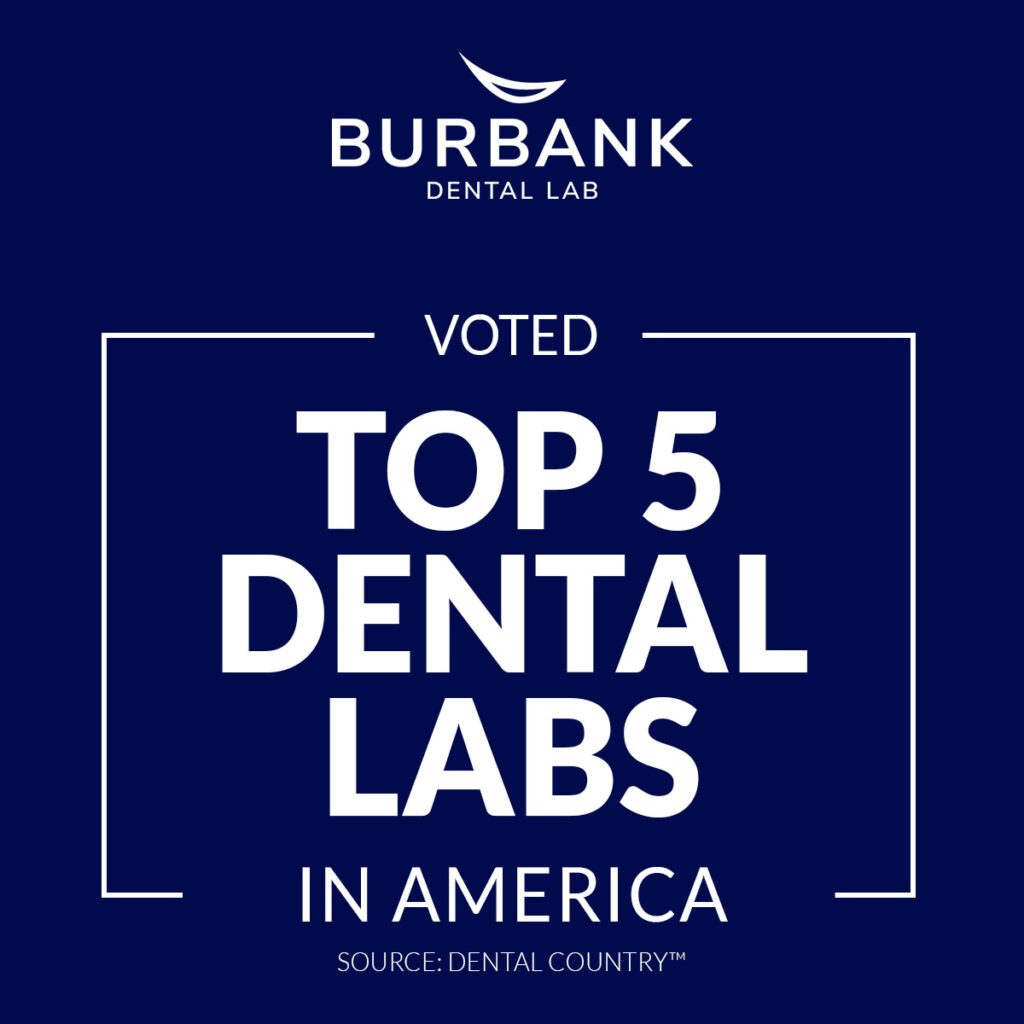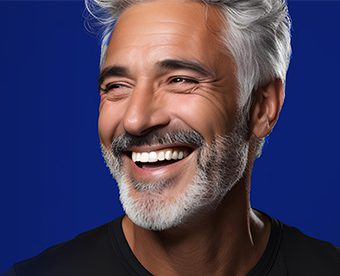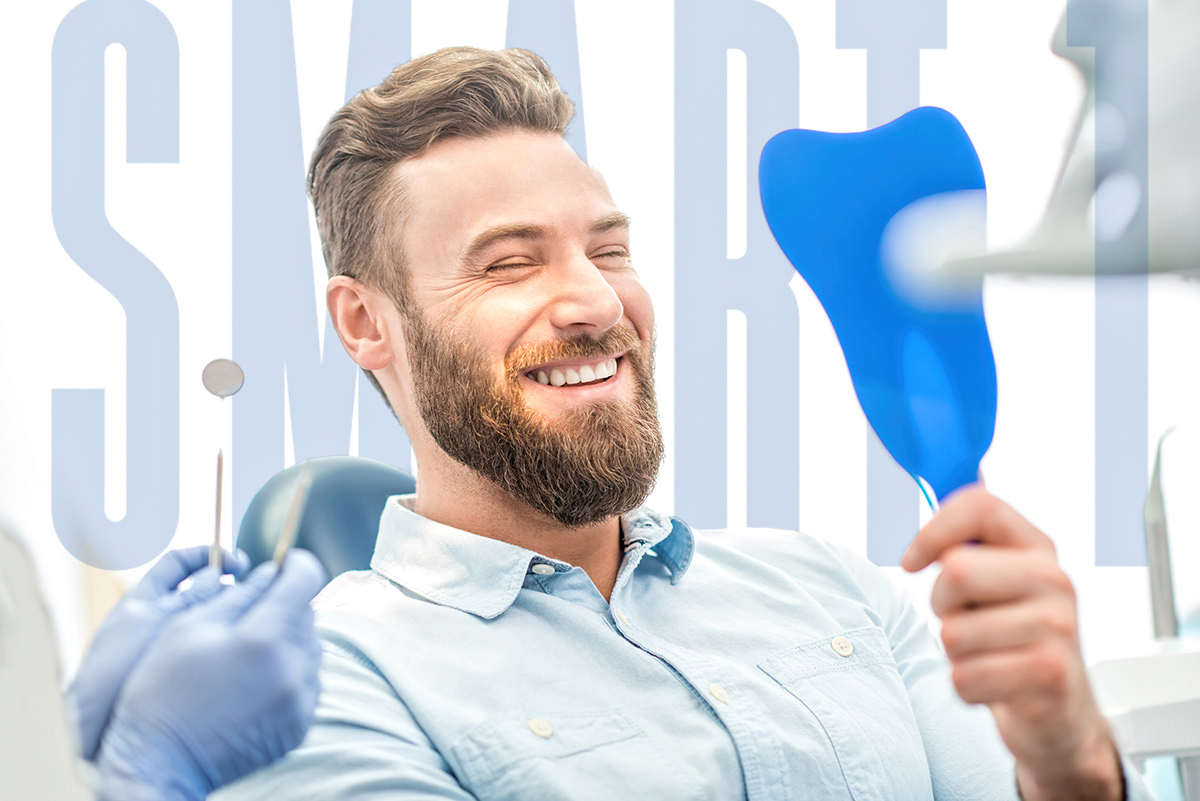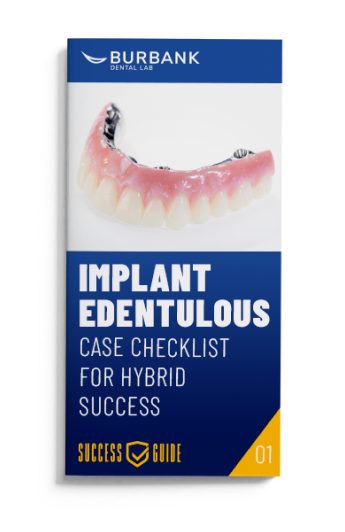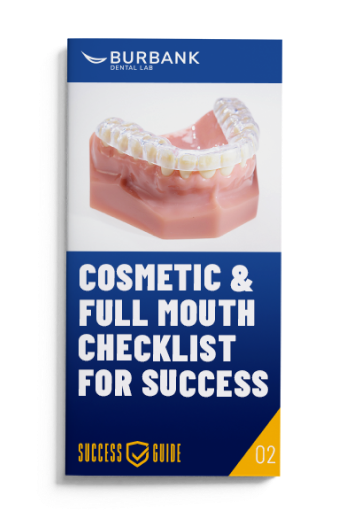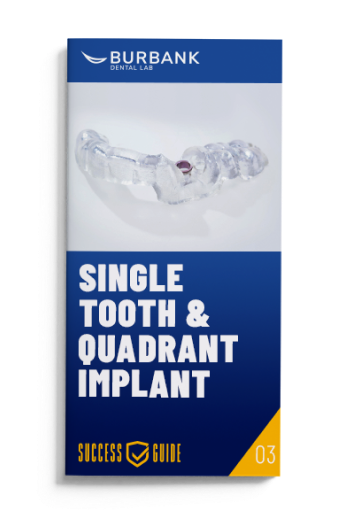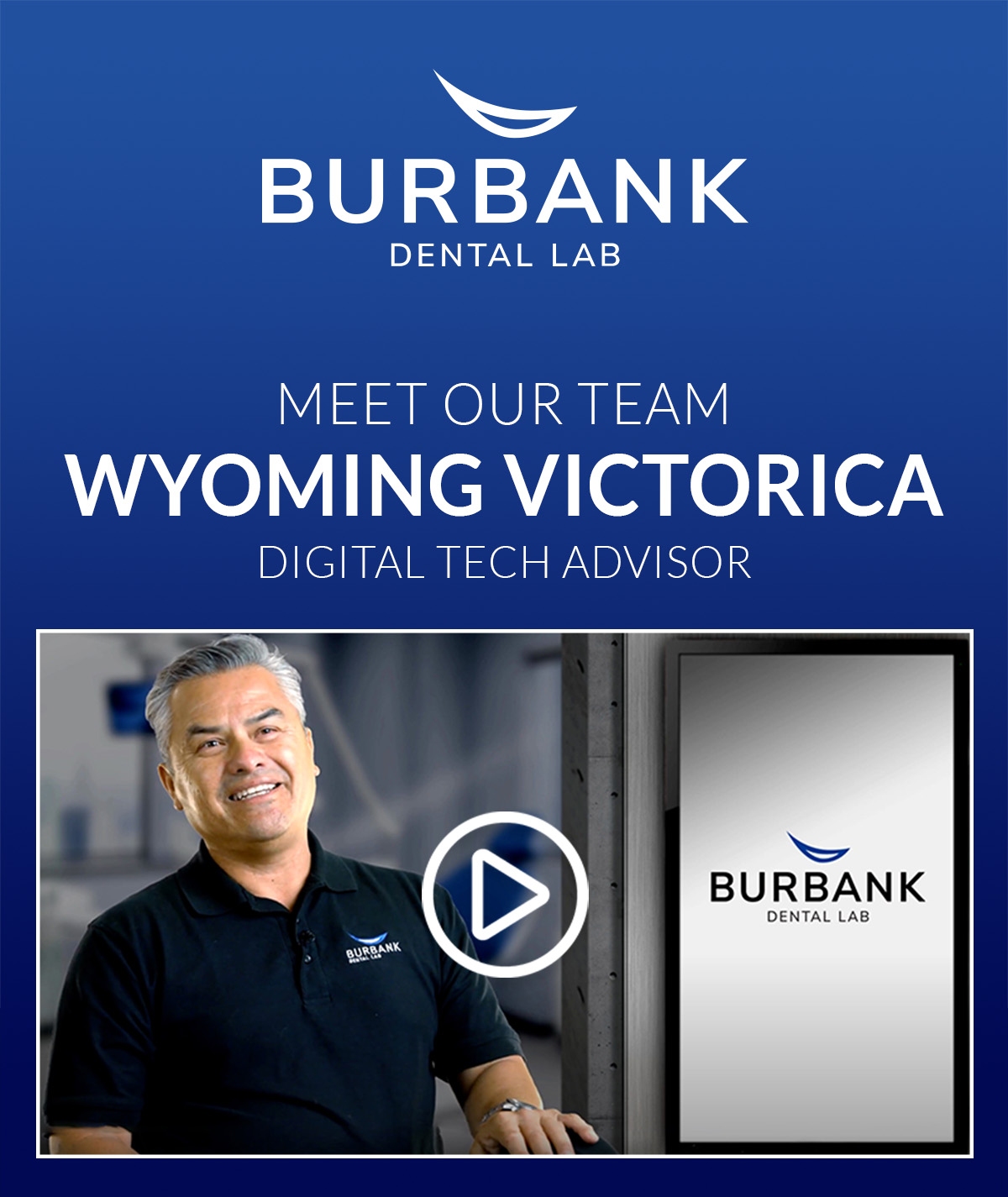
In restorative dentistry, fixed dental implant restorations are a good alternative to dentures. There is a wide range of situations in which full-arch implant-supported prostheses are a successful modality, and the number of implants required varies from case to case.
As a result of these restorations, healthy bone is maintained, soft tissue is managed, oral function is restored, comfort is provided, and esthetics are enhanced. The quality of life for patients who opt for this treatment is greatly improved.
Among the prosthetic options available are acrylic fixed hybrids, zirconia fixed hybrids, metal-to-porcelain fixed dental implant bridges, and composite hybrids. The choice of which option to use depends on several factors. A patient’s financial situation, bone health, parafunctional issues, and aesthetic expectations are among these factors. An often under-prescribed option is the composite hybrid prosthesis.
SmartComposite Hybrid Benefits
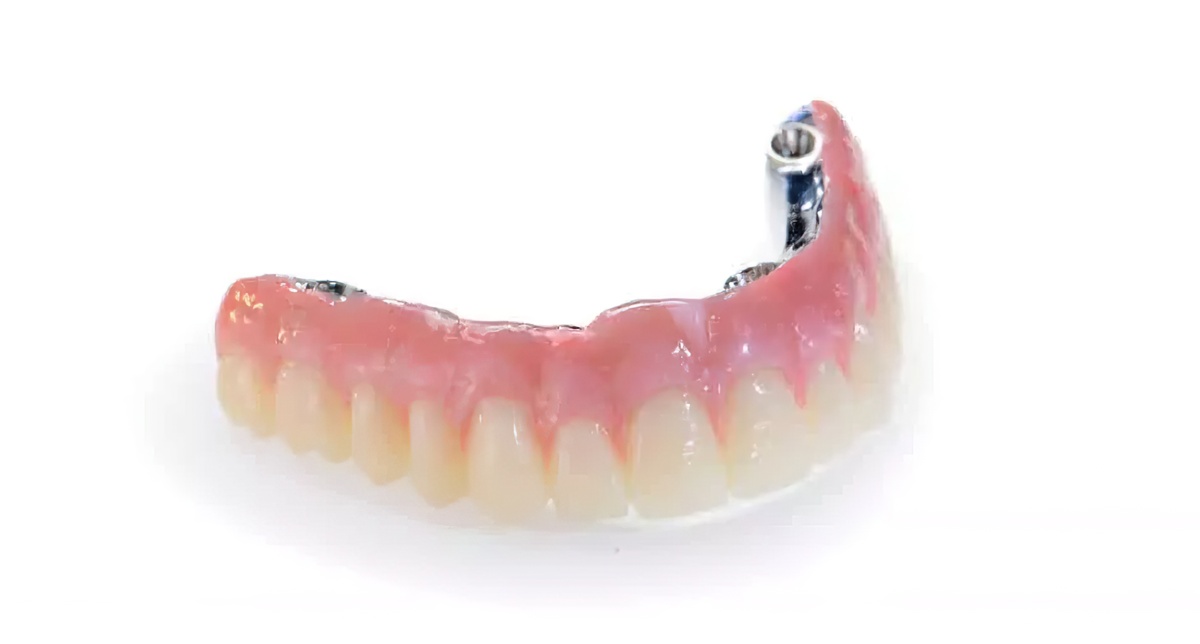
Under the occlusal forces of full-arch fixed implant restorations, a nonadaptive masticatory system is established. As a consequence, in some situations, this can create issues within the oral cavity; therefore, it is critical to use a restorative material that is both gradually wearing and easily repairable.
For cases like these, a SmartComposite hybrid is a great option (see the image above).
The following benefits are associated with this restorative option:
A monolithic zirconia prosthesis is often prescribed when two screw-retained prosthetics are opposing one another on the maxilla. When used in cases like these, the SmartComposite hybrid has proven very successful when placed on the mandible. SmartComposite prostheses can be used to relieve stress throughout the oral cavity when they are used in conjunction with zirconia hybrids.
FREE TO DOWNLOAD – SUCCESS GUIDES
DOWNLOAD A GUIDE
What is a SmartComposite® Hybrid Prosthesis?
SmartComposite combines milled cobalt-chromium alloys with milled composites. Nickel and beryllium are not present in the metal frame. Cobalt-chromium exhibits extremely high corrosion resistance. Besides being biocompatible, it is also wear-resistant and chemically inert. It displays remarkable mechanical properties, including enhanced hardness and tensile strength.
In comparison with casted frameworks, milled frameworks, such as those used in the SmartComposite prosthetic, fit more passively. Casting introduces inaccuracies due to its many steps. Milled frameworks eliminate those inaccuracies. Passive fitting frameworks reduce complications caused by mechanical and biological factors. Co/Cr substructures can be designed for use with multi-unit abutments or straight-to-implant fixtures.

Designed hybrid composite overlays are milled to fit frameworks. After opaque and etching the Co/Cr frame, the Composite is bonded to it. Afterward, a pink composite is applied to imitate tissue, and the entire prosthesis is polished by hand.
These fixed prostheses are indicated in the following situations:
An evaluation of the vertical dimension of occlusion (VDO) is essential. A VDO that is arbitrarily opened to accommodate a restoration without adequately considering vertical height can increase forces placed in the mouth. Alveolar processes adapt to compensate for tooth-born restorations that are carefully restored.
Due to implant treatments, edentulous patients do not benefit from alveolar adaptation. Alveolar adaptation does not occur, resulting in increased elevator muscles and consequently increased contractile forces.
Proper Case Planning
A lack of proper case planning is one of the most common challenges to fabricating a fixed dental prosthesis. Due to insufficient case planning, implants are placed arbitrarily, resulting in low success rates.
To make the most of your edentulous rehabilitation, remember to consider the following factors:
Besides bite blocks and wax setups, photos are taken to determine the best treatment options and to assess the final outcome. It is essential to consider the overall physical condition of the mouth to achieve a successful outcome.
In every case, the steps may differ according to their specifics. For example, in the case of implant surgery that has not yet been performed, a surgical guide can be provided to assist in determining the best implant placement option. Due to our commitment to providing the most advanced technological services, Burbank Dental Lab can fabricate guided surgery appliances from a wide variety of workflows.
During the first postoperative appointment, the following steps should be taken:
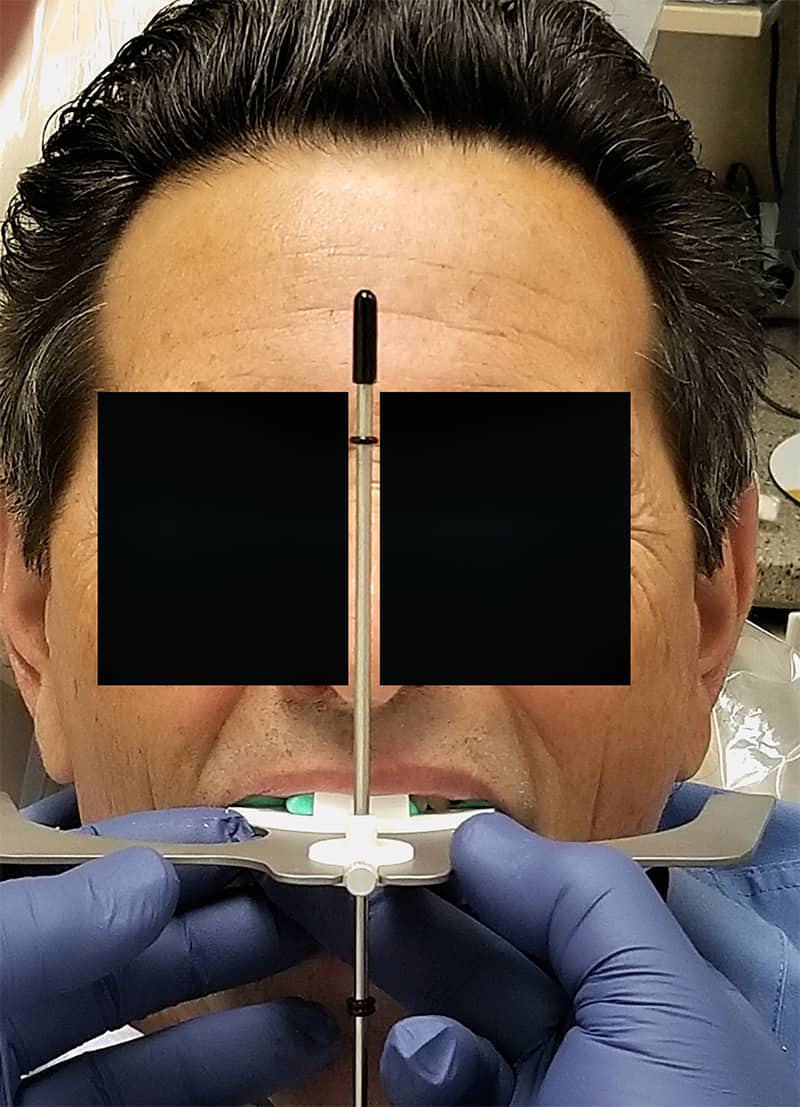
Burbank Dental Lab is one of the largest implant departments in the nation, providing unmatched expertise in the planning and fabrication of fixed dental implant-supported restorations. We were rated as one of the Top 5 Dental Labs in the country.
Our implant team offers a unique and critical perspective on case design and implant placement. They offer free evaluations and pretreatment consultations for all cases. If you are planning to get a fixed implant-supported bridge, contact our implant specialist today at Burbank Dental Lab.
